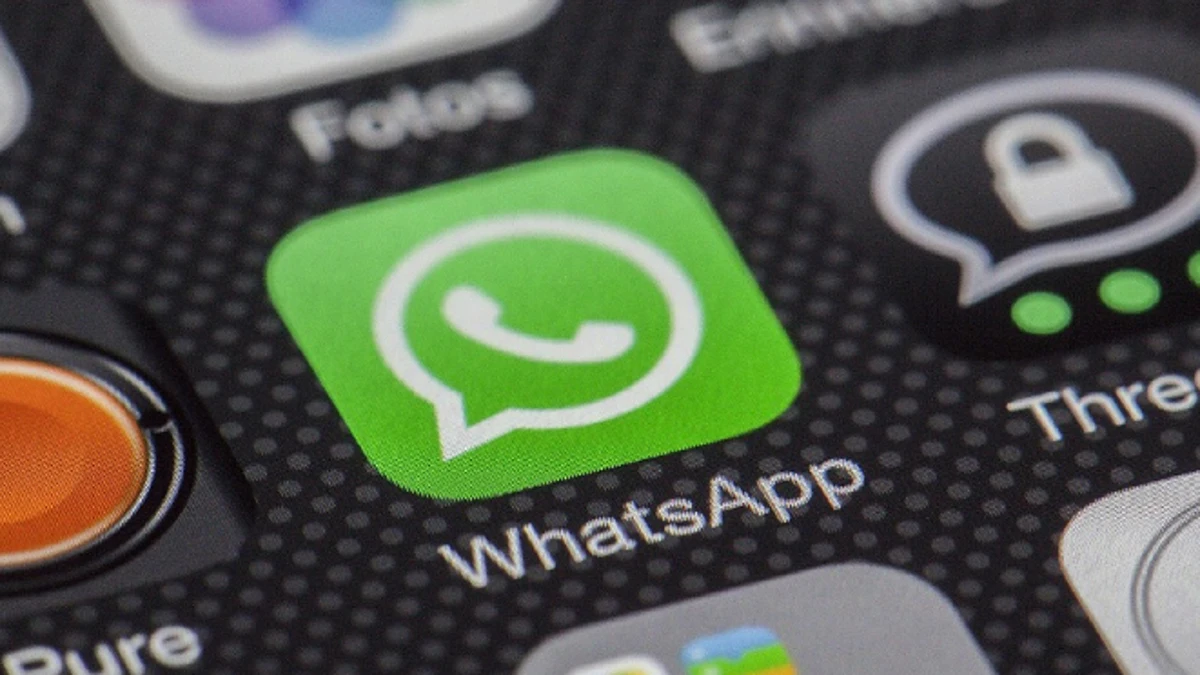In response to a continuing measles outbreak, city officials will require migrants living at a densely-populated Lower West Side shelter to receive a second dose of the measles vaccine 28 days after the first, extending the quarantine period for children under age 5, the Chicago Department of Public Health said Monday.
There have been 31 confirmed cases of measles in Chicago this year, 21 of which are in children under the age of 5. Seven cases have been reported in the city in the past week.
Most of the cases are concentrated in the city’s largest-run shelter which houses families and many young children, at 2241 S. Halsted Street on the Lower West Side, officials said. There are currently over 23 active shelters run by the city and state housing more than 10,500 migrants.
The uptick in confirmed measles cases comes even as the city says it has administered 4,500 vaccines since the first case was detected on March 7. Young children are especially vulnerable to disease after receiving the first dosage of the measles-mumps-rubella (MMR) vaccine, said CDPH Commissioner Dr. Olusimbo Ige.
“While the MMR vaccine is the best protection against the virus, children are at highest risk for contracting breakthrough measles after receiving one dose of the vaccine, especially those less than 5 years old. We’re seeing some of these cases at the Halsted shelter [on the Lower West Side] which isn’t surprising,” Ige said in a release.
Dr. Colleen Nash, chief of pediatric infectious diseases at Rush University Medical Center, said measles is exceptionally contagious, but not for those who are vaccinated.
“A stadium full of vaccinated people means something different than a household with 10 susceptible people,” she said.
Most Americans are protected with the MMR vaccine, which is a requirement to attend K-12 schools in Illinois unless students have religious or medical exceptions or students in temporary housing have difficulty receiving vaccines.
The U.S. Center for Disease Control and Prevention recommends children receive the first dose of the vaccine just after they turn 12 months old. Typically, children receive the second dose between the ages of four and six, but it can be given as soon as 28 days after the first dose, according to CDC recommendations.
The shelter where the outbreak occurred houses families and many young children are staying there.
The city is instructing migrant families to quarantine children age 1 to 5 eligible for the vaccine until at least 21 days after they receive a second dosage of the vaccine, which means keeping them home from daycare or school. That brings the total quarantine time to 49 days after the first dosage for approximately 50 young children enrolled in early learning programs residing at the shelter, according to the public health department.
Nash said if children or pregnant women didn’t have the vaccine at the time of the infection, they could be at greater risk.
“Those patients, if they are susceptible to infection, might be at risk for more severe infection,” she said.
Earlier this month, a report provided to the Tribune by the Chicago Coalition for the Homeless showed that fewer than half of Chicago Public Schools students without stable housing had met all of the district’s immunization requirements.





